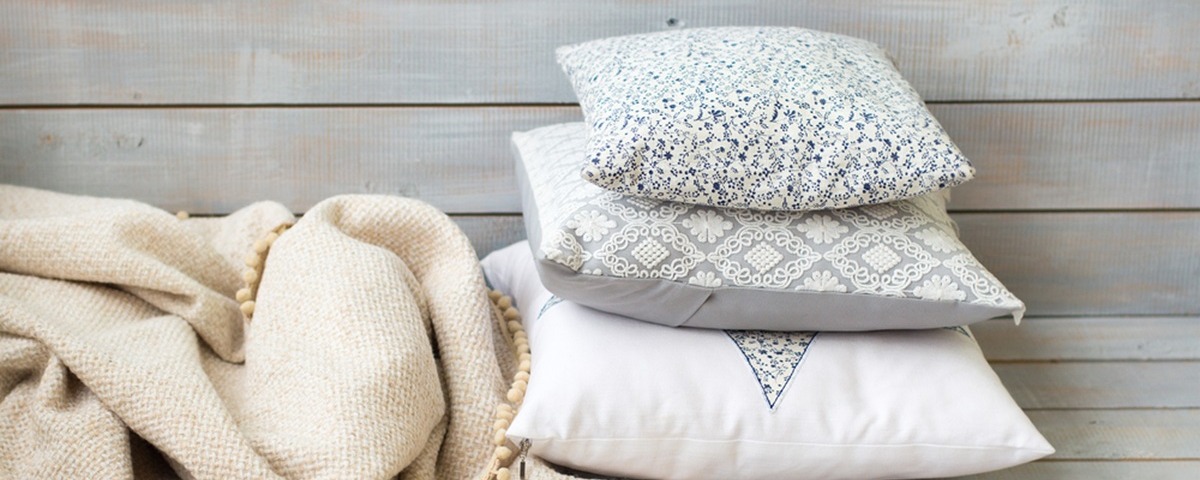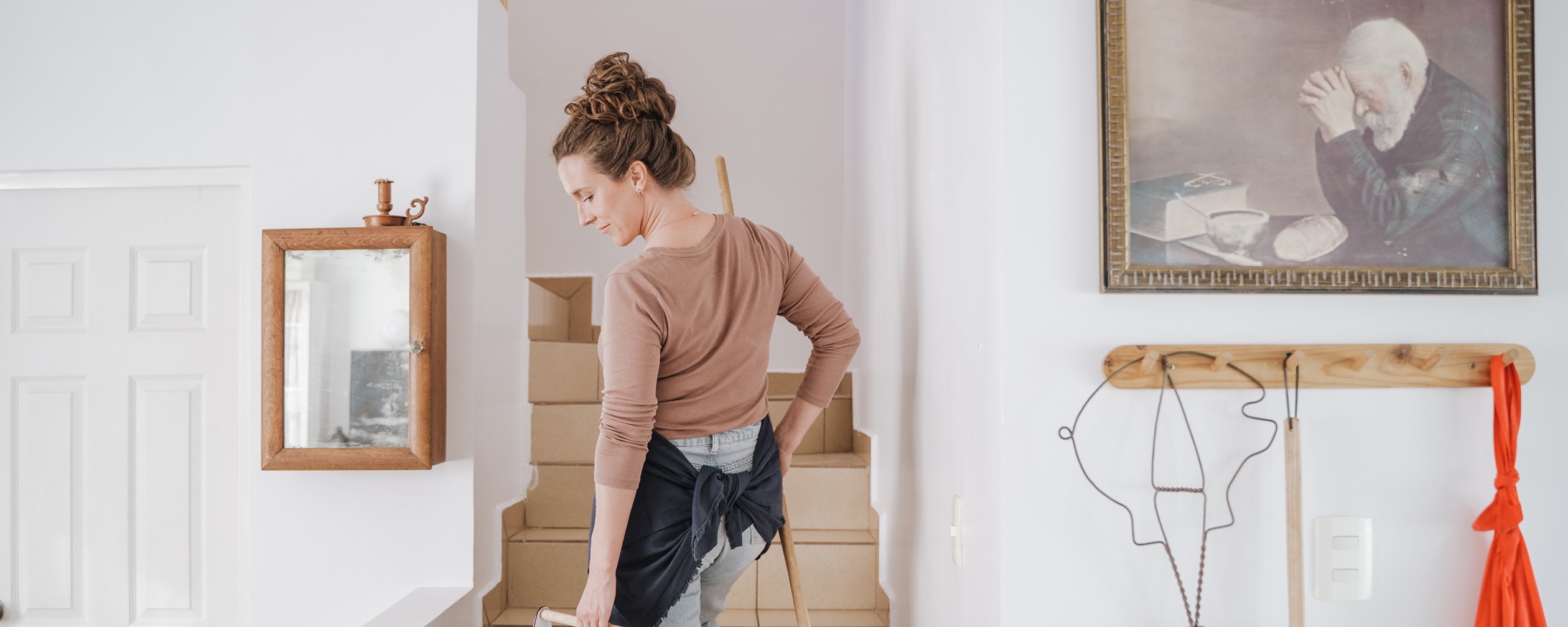
Key Takeaways
Kitchen:
- Open windows and use extractor fans while cooking
- Consider moisture-resistant flooring or paints
Bathroom:
- Keep trickle vents in windows open for 24/7 ventilation
- Use a squeegee on wet surfaces to prevent mold growth
- Extend extractor fan usage or open windows for better airflow
Home:
- Adequate heating to prevent condensation
- Insulate loft and walls for warmth without high heating bills
- Air out rooms periodically to encourage moisture evaporation
Damp is a common problem in many homes, whether old or new. Ventilation is key for preventing it, as it allows natural air to flow through your rooms while releasing excess moisture. Explore our guide to learn about the causes of damp, how to spot it and how to reduce buildup.
What is damp?
Damp is a catch-all term for the buildup of unwanted moisture in the home. The most common types are:
• Rising damp on floor level
• Penetrating damp within the walls
• Condensation on the walls and windows
What causes damp?
Lack of ventilation is the main cause of damp, particularly in kitchens and bathrooms. However, it can also be caused by leaking pipes or rain seeping in through walls or window frames.
How to identify where damp is coming from
If you’ve noticed damp but are unsure where it’s coming from, we’re here to help.
Rising damp
Rising damp comes from the ground, so check the lower parts of the walls and the floor. Some signs include:
• Rotten skirting boards
• Crumbling plaster at the bottom of the walls
• A white, salty discharge on the walls or wallpaper
• Brown or yellow stains on the lower walls
• Floors lifting or rotten floorboards
Penetrating damp
To spot penetrating damp, watch out for dark stains on the walls and ceiling. You may notice:
• Yellow or brown stains on the walls
• Damp patches that are cold if touched
• Spores of black mould on the walls and ceilings
• Crumbling plaster and peeling paint or wallpaper
• Drips and puddles on the floor
Condensation
Condensation is often caused by poor ventilation. Some signs include:
• Damp walls
• Wet windows, particularly in the morning
• Spores of black mould around window frames and on the walls and ceilings
• A damp, musty smell
How to prevent damp in your home
Follow our top tips to prevent damp in your home.
Kitchen
With taps running and the hobs cooking away, the kitchen is where moisture readily builds up. Opening windows and using extractor fans when cooking can help prevent damp. Remember to use lids on pots while you cook to stop the steam from escaping. For an extra layer of protection, try moisture-resistant flooring or paints.
Bathroom
Your bathroom is the wettest room in your home and will likely need the most attention. Open the trickle vents in the windows to keep the bathroom ventilated day and night. You can also use a squeegee on wet surfaces to prevent mould from growing.
It’s a good idea to close the door and open the window before a shower or a bath. Once you finish, turn on the fan until the moisture clears.
The home
Heating your home adequately can stop condensation from occurring. Insulation in the loft and walls keeps your home warm without racking up a sky-high heating bill. Weather permitting, airing rooms can help moisture evaporate and stop damp from forming.
Other useful tips to prevent damp include:
- Dry washing outside
- Move furniture away from the walls during winter
- Leave the internal doors and the wardrobe slightly open
- Use a dehumidifier to reduce condensation
Our new build Barratt homes boast energy-efficient features, including double-glazed windows and smart cavity walls that prevent damp. Learn more about the benefits of buying new in our comprehensive guide.
Discover our new homes across the UK, including 2 bedroom homes and 3 bedroom homes for first-time buyers and 4 bedroom homes and 5 bedroom homes for growing families. We also have fantastic homebuying offers, from Part Exchange and Movemaker to Parent Power and Deposit Boost.
Call our Sales Advisers today to become a homeowner.

